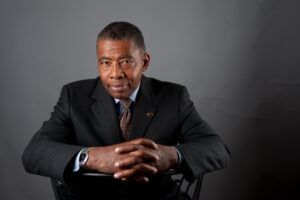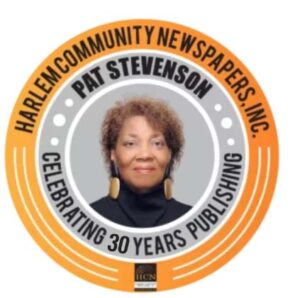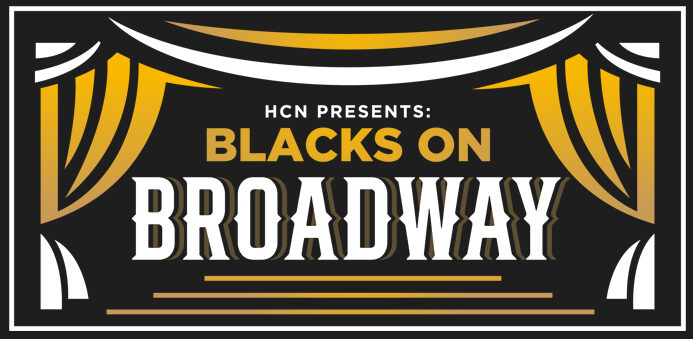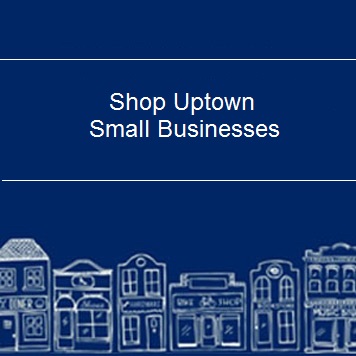Urbanology: History of the Greater Harlem Chamber of Commerce by William A. Rogers
Categories: Articles, William “Tony” Rogers,
The Harlem Chamber of Commerce’s history of civic service officially started in 1896 as the Harlem Board of Commerce. The Harlem Board of Commerce used its monthly periodical, Harlem Magazine, to draw attention to opportunities and untapped potential for business development.
The Chamber’s work paid off. Large numbers of middle-class Germans, Jewish, Irish, and Italian immigrants made Harlem their home. Harlem also became home for the growing number of Blacks migrating to New York from the South and immigrants from the West Indian islands, Cuba and Panama.
By the early 1930s, most of the major Black organizations and institutions had moved their headquarters to Harlem, sparking the Harlem Cultural Renaissance. In 1932, the Harlem Board of Commerce changed its name to the Uptown Chamber of Commerce.
The Chamber’s focus was the development of the uptown area’s infrastructure. It was the major sponsor of the George Washington and Tri-borough Bridges and the Seventh and Eighth Avenue subway lines. The Chamber was also the major force and principal sponsor of the 1939 World’s Fair.
The Chamber played a leading role in Harlem business affairs up until the early 1960s. By the mid-60s urban decay due to the flight of whites’ families and businesses created a decline in membership.
Facing a decline in membership and a growing number of Black political and business leaders the Harlem Chamber appointed the distinguished internationally known attorney Hope R. Stevens to be its first Black President in 1969. In 1973, Stevens convinced Lloyd Williams, a young entrepreneur and community activist, to become the first Black Vice-President of programs.
I was a pre-law student at CCNY when my professor and mentor, the distinguished attorney Haywood Burns, secured an internship for me in his mentor’s Harlem law office, Hope Stevens’ office. It did not take long for Hope to appoint me as the first Black director of programs for UCC.
The Honorable Percy E. Sutton was the Manhattan Borough President and Board Chairman of the Harlem Chamber. Mr. Sutton believed the tourism and hospitality industry would be a major economic revitalization tool for New York and his beloved Harlem.
Mr. Sutton asked the Chamber to produce a community-wide event focusing on the positive aspects of his world-famous community. On Sunday, August 18, 1974, the first Harlem Day was launched with the theme, “The Beginning of The Second Harlem Renaissance.”
Upon Hope Stevens’ passing in 1976, Lloyd Williams became the executive vice president, and the great business and political leader Lloyd Dickens became president.
In 1983, after Mr. Dickens’s passing, Lloyd Williams became president of UCC; I became the Executive Vice President. The Chamber’s name changed again in the mid-1980s to the Greater Harlem Chamber of Commerce.
Harlem Day became HARLEM WEEK, Inc. and has become one of the largest urban cultural and economic development festivals in America. It will turn 50 on Sunday, August 18, 2024.
Harlem has now become a major tourist attraction, allowing millions to rediscover the famous urban community–thanks to the Harlem Chamber of Commerce.







